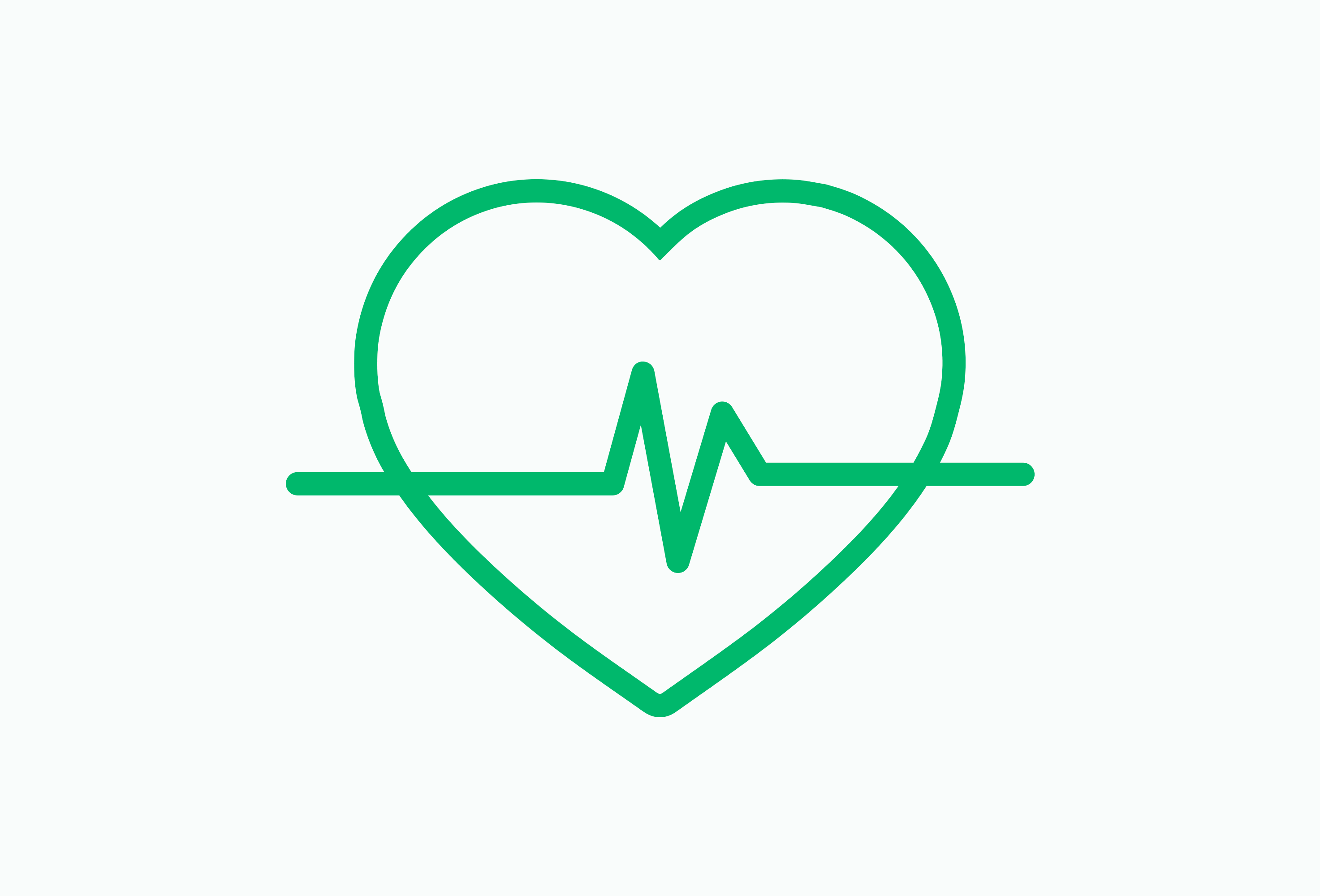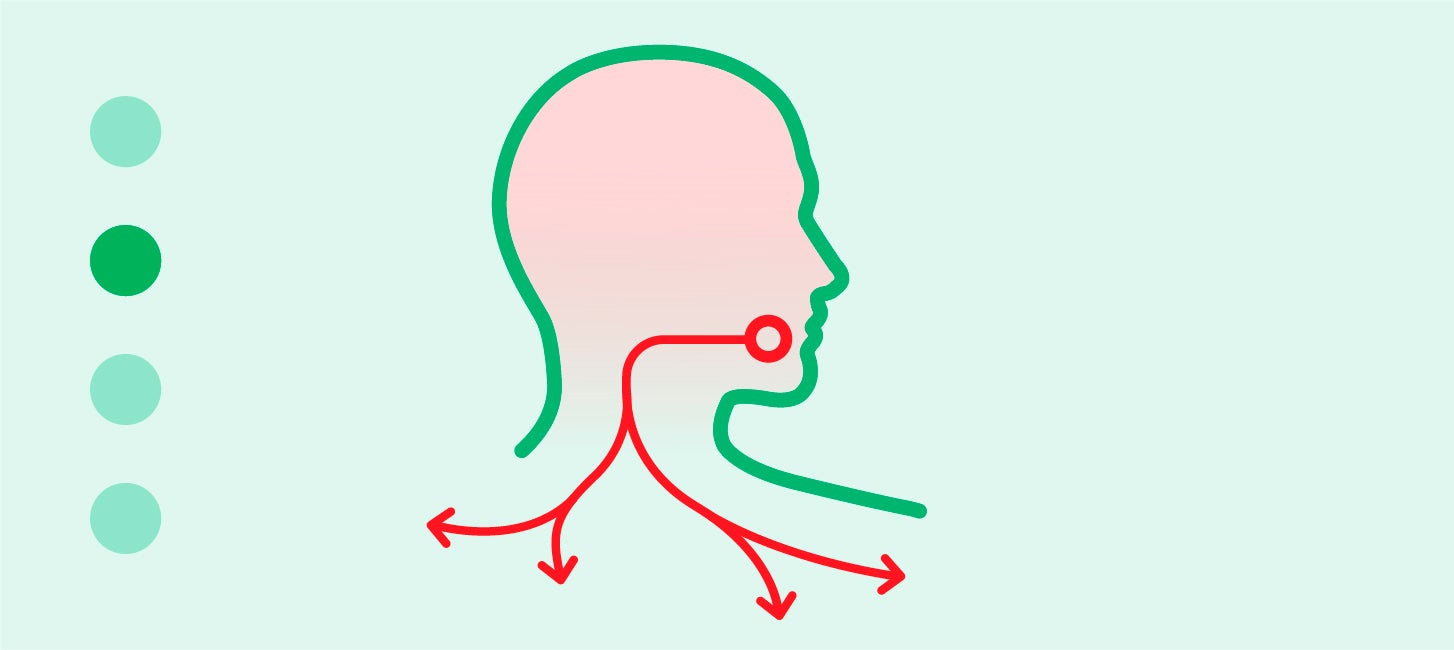
Checklists - Systemic health related care
Systemic health related care checklists are intended to support you in your effort to provide personalised care for patients living with co-morbidities.
Learn more about:
Patients with diabetes

Patients in menopause/with osteoporosis

Patients with eating disorder/obesity




